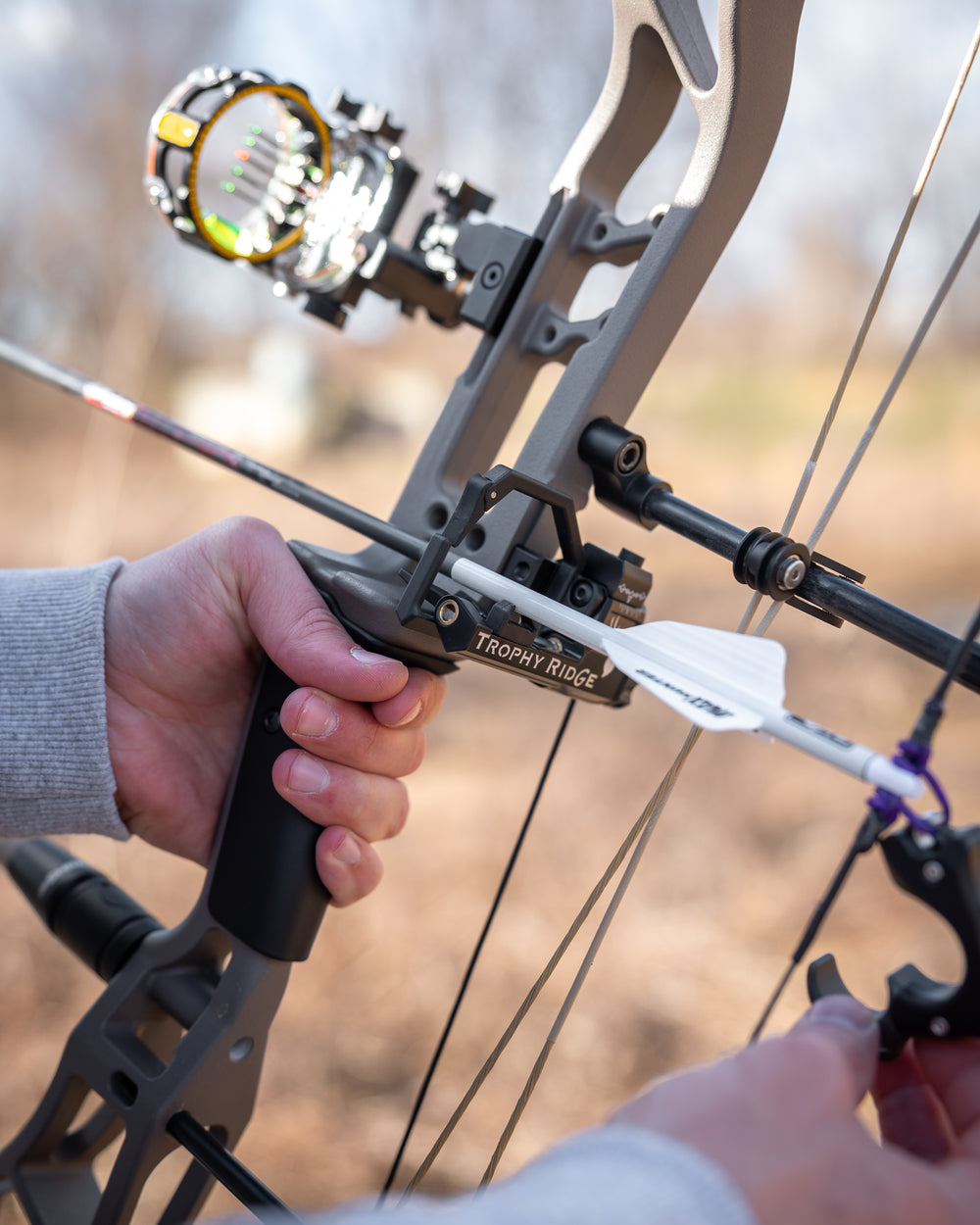Optimize Your Archery Accuracy With These Bow Stabilizer Methods
In the world of archery, achieving optimal accuracy is a pursuit that demands careful interest to information and method. One critical component that can significantly impact your efficiency is the appropriate utilization of bow stabilizers. These often-overlooked accessories hold the potential to boost your capturing effectiveness to new elevations, but only if employed correctly. By exploring the nuanced techniques of selecting, installing, and adjust bow stabilizers, archers can open a world of accuracy that might have formerly eluded them. Whether you are a seasoned archer aiming to fine-tune your skills or a newcomer eager to enhance your precision, understanding these bow stabilizer strategies can be the secret to striking your mark with unequaled consistency.
Advantages of Making Use Of Bow Stabilizers
Making use of bow stabilizers can considerably boost an archer's accuracy and total efficiency by reducing bow torque and resonance. Bow torque, triggered by the unequal distribution of weight in the bow, can lead to incongruities in shot positioning. By attaching a bow stabilizer, the weight is redistributed, minimizing the impacts of torque and aiding the archer accomplish a more constant shot. In addition, bow stabilizers moisten vibration, which not only improves the convenience of shooting however additionally protects against the bow from leaping upon release, therefore aiding in maintaining correct objective.
Moreover, bow stabilizers can help in holding the bow stable, specifically throughout windy conditions or when shooting from longer ranges. The added weight at the front of the bow provides stability and equilibrium, enabling the archer to concentrate on aiming without the distraction of bow activity. Overall, the benefits of utilizing bow stabilizers extend past simply precision, boosting the archer's experience and efficiency in various shooting scenarios.
Choosing the Right Bow Stabilizer
Selecting the appropriate bow stabilizer is important for optimizing your archery devices and enhancing shooting efficiency. Much heavier stabilizers can aid decrease bow torque and take in even more vibration, leading to a steadier goal.

Finally, think about the design of the stabilizer. Some stabilizers feature flexible weights or dampeners that allow you to customize the balance and feeling of your bow. Ultimately, selecting the right bow stabilizer includes locating an equilibrium between weight, design, product, and size to improve your shooting accuracy and overall performance.
Appropriate Installation Strategies
To guarantee ideal efficiency and safety and security in archery, mastering proper installation methods you can try here for your bow stabilizer is necessary. The initial step in mounting a bow stabilizer is to recognize the right positioning on your bow. Most stabilizers are affixed to the front of the riser, listed below the grip, to help counterbalance the weight of devices such as quivers and sights. Make sure that the stabilizer is not interfering with other components or hindering your capturing type.
Following, firmly attach the stabilizer to the bow making use of the ideal placing equipment. It is vital to tighten the stabilizer well to stop any kind of wobbling throughout shots. Some stabilizers come with adjustable weights that can be included or eliminated to adjust the balance of your bow. Try out various weight configurations to locate the optimal equilibrium that fits your shooting style.

Changing Stabilizer Weight and Length
After guaranteeing the appropriate installment of your bow stabilizer, the next step involves adjusting the weight and size to enhance its performance in improving archery accuracy. The weight of the stabilizer plays an important role in lessening bow motion throughout the shot cycle.
A longer stabilizer can offer better stability by raising the range in between the bow and the weight at the end of the stabilizer. Alternatively, a much shorter stabilizer uses a lot more maneuverability and might be liked by archers that value agility and fast activities during shooting.
Advanced Stabilizer Tuning Tips
Accomplishing optimum bow security and accuracy in archery requires a nuanced strategy to advanced stabilizer tuning. Advanced stabilizer tuning entails fine-tuning different components to boost the bow's equilibrium, decrease vibration, and enhance total precision. One key strategy is to explore various stabilizer setups, consisting of side-bar and back-bar arrangements, to find the optimal balance between stability and maneuverability for your capturing design. bow stabilizer. Furthermore, changing the angle and positioning of the stabilizer can have a substantial effect on just how the bow reacts upon release.
Another important aspect of our website sophisticated stabilizer adjusting is optimizing the damping properties of the stabilizer system. This can be accomplished by integrating extra wetting accessories such as rubber dampeners or harmonic stabilizers to even more decrease resonance and noise. Exploring different products for the stabilizer construction, such as carbon fiber or aluminum, can likewise affect the bow's performance by modifying its weight distribution and stiffness. By carefully read here make improvements these sophisticated stabilizer elements, archers can maximize their accuracy and consistency on the array or in competition.
Conclusion
To conclude, optimizing archery precision can be attained with the proper choice, installation, and adjustment of bow stabilizers. By understanding the advantages of utilizing stabilizers, selecting the appropriate one, and adjust its weight and length, archers can enhance their shooting precision. Employing innovative tuning techniques can additionally enhance security and consistency in arrowhead trip. On the whole, integrating bow stabilizers right into archery technique can result in better performance and increased precision.
Utilizing bow stabilizers can considerably improve an archer's precision and total efficiency by lessening bow torque and vibration. Longer stabilizers supply greater stability and balance, specifically for long-distance capturing, while much shorter stabilizers use even more adaptability and are less complicated to navigate in limited spaces (bow stabilizer). Carbon fiber stabilizers are durable and lightweight, while light weight aluminum stabilizers are durable and offer excellent vibration dampening
A longer stabilizer can offer higher stability by increasing the distance in between the bow and the weight at the end of the stabilizer.One more crucial aspect of sophisticated stabilizer adjusting is maximizing the damping homes of the stabilizer system.
Comments on “Enhance Your Shooting Performance with Top-Rated Bow Stabilizers”